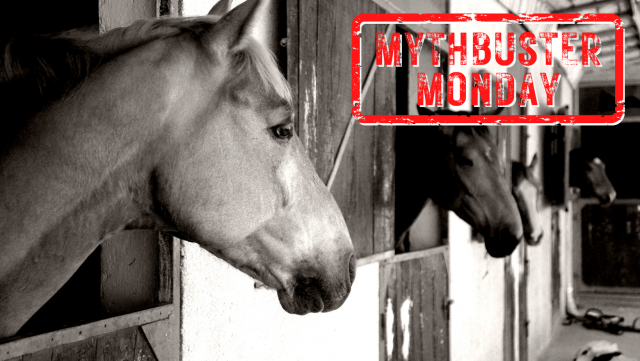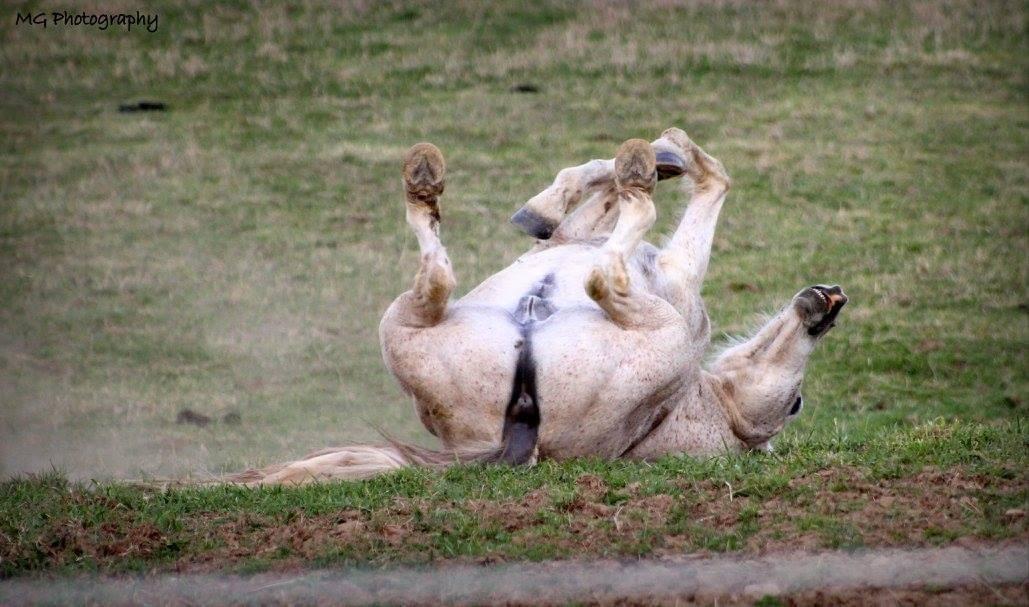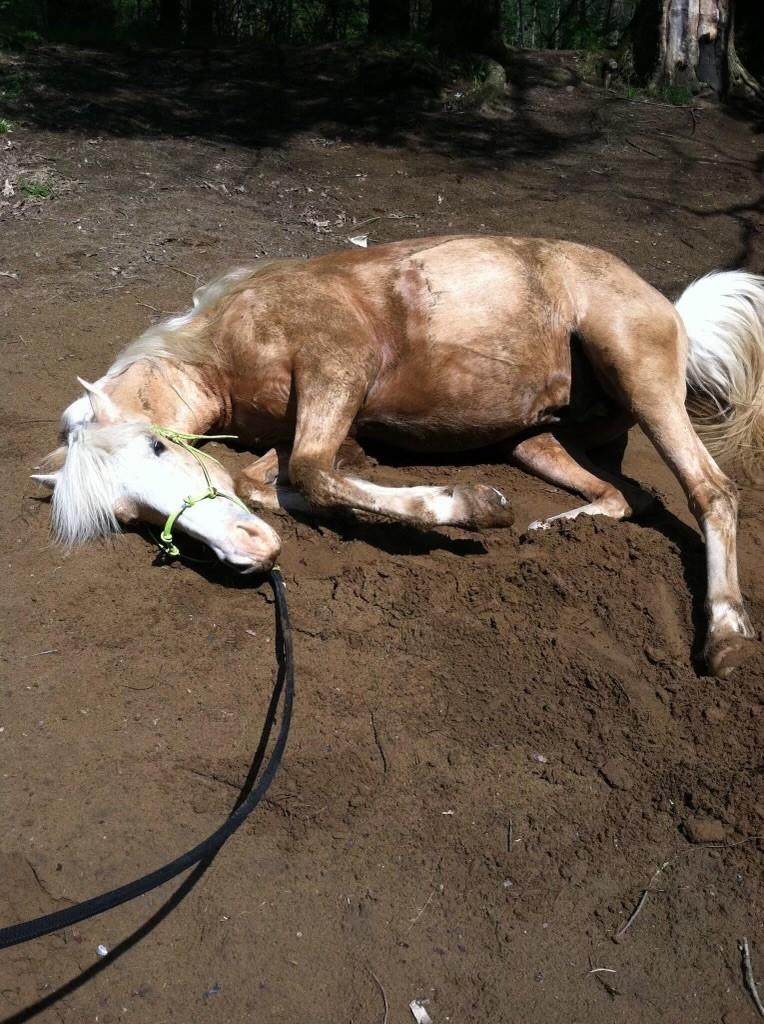
Mythbuster Monday: Stabled Horses Have a Greater Risk of Colic Than Horses That Are Turned Out Regularly
On Mythbuster Monday, we tackle a variety of equestrian myths to either bust or confirm. Today’s discussion: Do stabled horses have a greater risk of colic than horses who are frequently turned out?
It’s Mythbuster Monday, where Horse Nation dives into different equestrian myths and provides research-based evidence to either bust or confirm those myths. Today’s topic: Do stabled horses have a greater risk of colic than those who are frequently turned out? What is colic? Why are stabled horses more prone to the condition? Read more to find out!
Myth: Stabled horses have a greater risk of colic than those frequently turned out
Myth or Fact: Fact
Colic is the most common reason large animal veterinarians get called out on emergencies. The word colic is an all-encompassing term that means abdominal pain. There are many reasons colic happens. The most common are related to the gastrointestinal tract. They are gas colic and impaction colic.
Signs and symptoms of colic include lack of appetite, pawing, flank watching, biting or kicking, parking out and laying down and rolling.
But, are horses who are stalled more apt to experiencing colic?
According to a study conducted by the University of Nottingham, living conditions play a major role in the onset of colic. The study indicated that horses that were stabled a majority of the time drank twice as much as horses who were pastured, yet they had drier and significantly less stool droppings. Veterinarian Dr. Sarah Freeman stated in this study that impactions often occurred after a horse was switched from pasture to stabling due to weather or injury. Most of the colic cases happened within five days of the switch.
An article published by The Blood Horse Magazine cited a research study that used ultrasonography to assess the frequency of large intestinal contractions in two groups of eight horses that had no recent history of gastrointestinal problems. The first group was stabled through the entirety of the study. These horses were fed hay and a concentrated feed twice daily with constant access to water. They were lightly exercised for 60-90 minutes a day.
The second group went through two phases. For the first phase, these horses were pastured 24 hours a day with constance access to fresh water. These horses did not participate in formal exercise and did not receive concentrated feed. The second phase, these horses were transferred to the stabling regimen that group one was in. Ultrasonography was performed twice daily on all horses in the study to evaluate the frequency of contractions within the large intestine. The results showed that contractions in the horses stabled the entire time were lower than in horses that were pastured then stabled.
Horse and Hound also wrote an article on a study discussing stabled horses being more prone to colic. In the study, seven military horses were monitored. The horses started on 24 hour pasture for the first two to four days. They were then moved to a stabled regimen and observed for 14 days. Results showed that the horses drank more water while stabled but gut mobility slowed significantly and gut contents were more dried out. The greatest risk for colic was found to be in the first five days. Senior partner of the study, Malcolm Morley, stated that the study saw a definite increase in horses colicking when they were suddenly stabled from a pasture program.
After diving into the research, it appears that colic is more prevalent in horses who are stalled. Studies showed that horses taken abruptly from pasture to be stabled showed the highest increase in colic. If your horse has recently changed from pasture to stall rest, monitor him closely and call your veterinarian with any signs of colic.
Do you have an equine myth you’d like us to tackle? If so, send it our way! Email your suggestions to [email protected]. Put Mythbuster Monday in your subject line.









